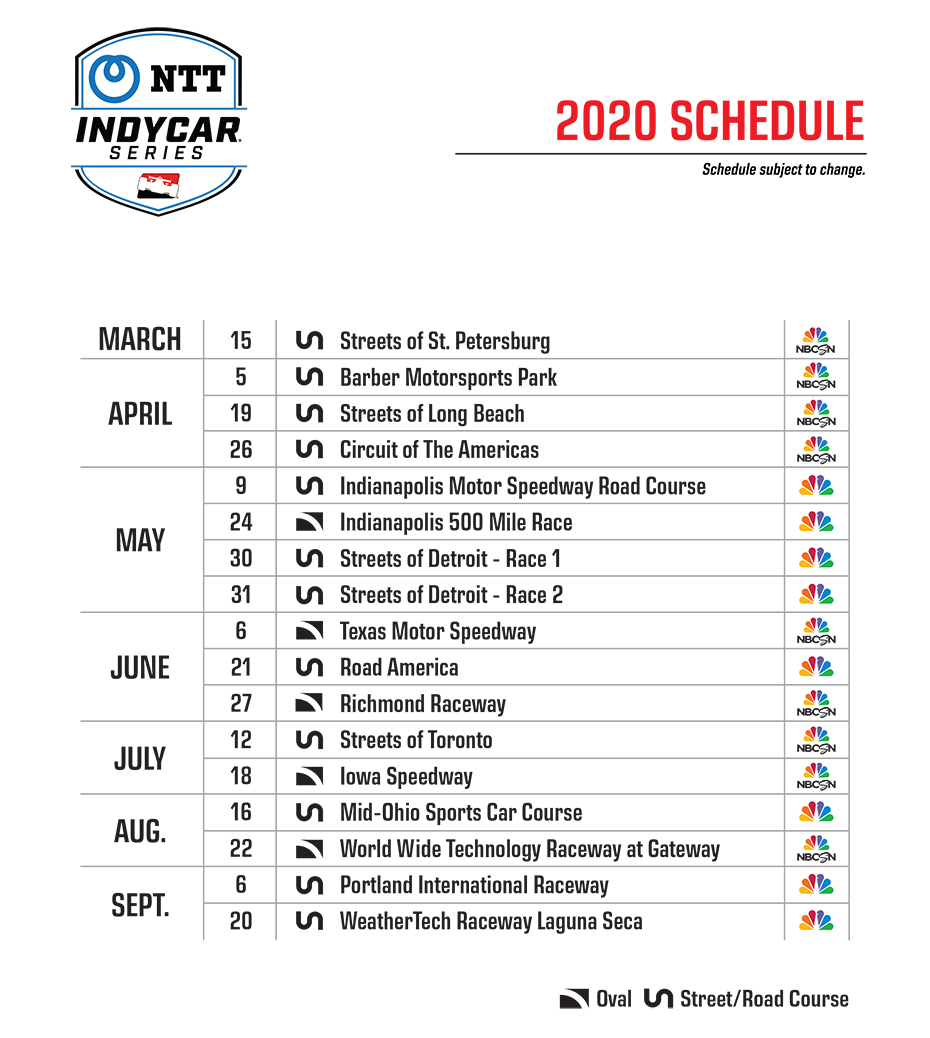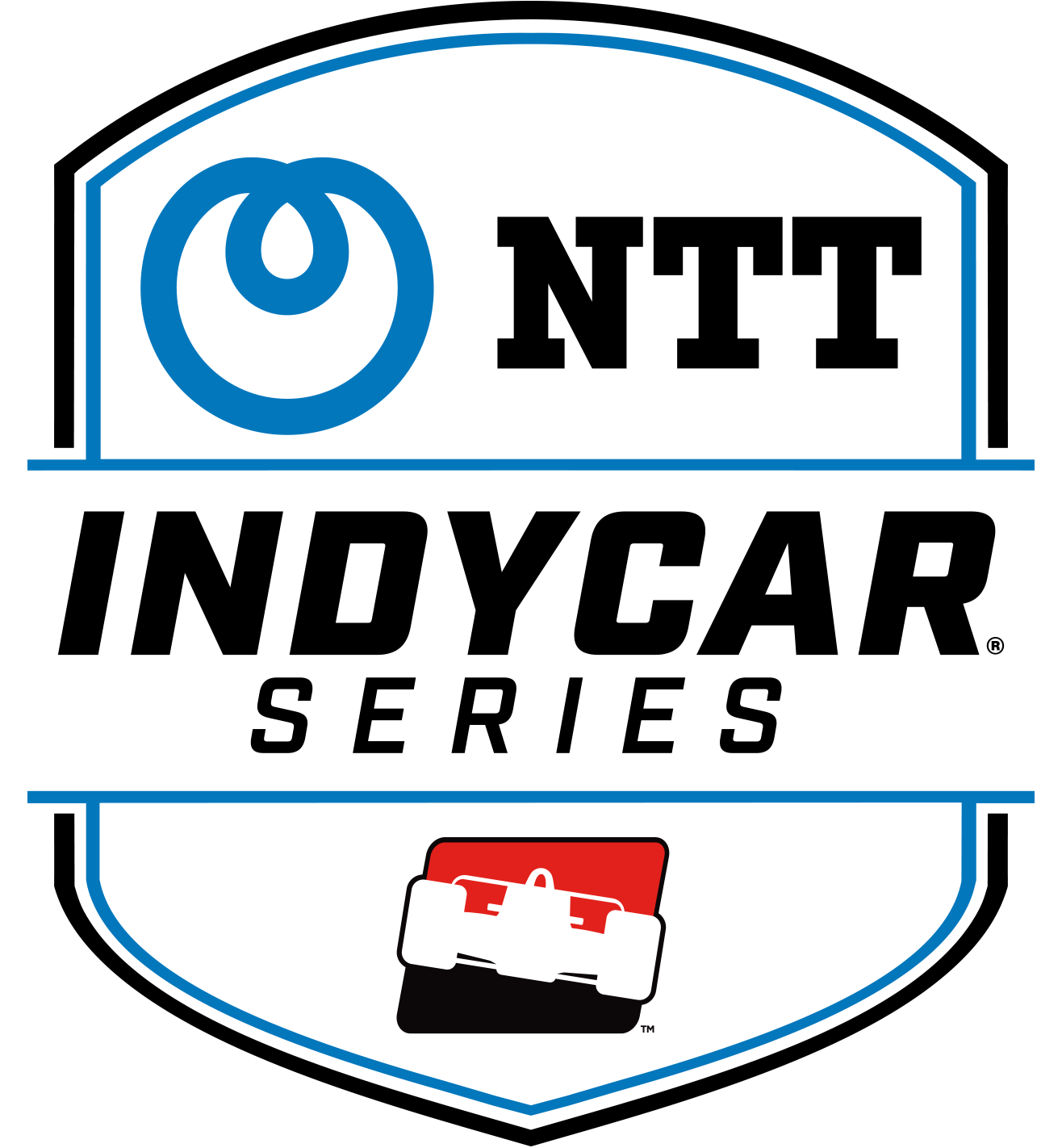INDYCAR ready to show Iowa-like racing at Richmond
SEP 03, 2019
When INDYCAR first visited Richmond in 2001, fans were astounded by the spectacle. Lap after lap, the field raced in a side-by-side train. It was a phenomenon the old Indy Racing League package provided on ovals, and it drew a surprisingly large crowd in the heart of NASCAR country.
By the time the series’ run at the 0.75-mile track came to an end in 2009, the racing had changed and the crowd had fallen by the wayside. No longer did the field complete lap after lap in a two-wide pack. Instead, the race was about strategy, tire wear and setup. Some fans preferred the spectacle of earlier years. Others preferred the complexities and nuance of the 2009 race.
Eleven years after that nuanced race, the NTT IndyCar Series will return to Richmond Raceway on June 27, 2020. What fans are likely to see is closer to 2009 than 2001. Scott Dixon won that 2009 race -- a show similar to what the series has provided in recent years at Iowa Speedway -- and he understands that the entertainment lies within the layers of drama.
“The ultimate goal is (for Richmond to be like) Iowa,” Dixon said Tuesday during a teleconference officially introducing Richmond to the 2020 schedule. “We’ll see how that progresses. … It could take a little while, but the goal is to have a very similar race.”
Not a bad goal to have. In July, Iowa saw seven lead changes in 300 laps. While it’s true that Josef Newgarden dominated -- leading 245 of those laps and winning over Dixon by 2.853 seconds -- it was a solid race that featured all of the elements of racing, not just a spectacle of closeness.
Richmond and Iowa are strikingly similar, with some notable exceptions. Iowa is slightly longer, offers higher degrees of banking, and -- key point here -- is far bumpier than Richmond. Duly noted Tuesday by the 2008 Richmond winner, Tony Kanaan.
“It’s extremey smooth,” Kanaan said. “That is actually quite remarkable. You go to Iowa and it’s completely the opposite. It’s extremely bumpy. It will be easier to run side-by-side here just because the bumps make the grip go away.”
Let’s take another look at the differences between those ‘01 and ‘09 races at Richmond. In 2001, Buddy Lazier pulled away from the train and beat Sam Hornish Jr. to the finish by 4.883 seconds. In 2009, Dixon beat Dario Franchitti to the line by 0.311 seconds. The train of ‘01 wasn’t as close at the end as the more intricate show of 2009. In fact, Dixon’s win over Franchitti was arguably one of IndyCar’s better short-track races in recent history.
The current version of the Indy car is highly entertaining on short ovals. It’s entertaining not because the cars are in close proximity to one another. It’s entertaining because of tire wear and strategy plays and various complexities of the entire picture of an auto race. IndyCar’s current package is more pass-happy on short ovals than it was when everybody raced inches apart.
That’s its appeal. Indy cars on short tracks in 2019 don't race in an endless train for laps on end. It’s about tire degradation and track position and calls from the pits and the pit stops themselves. It’s about teams that gamble with strategy and drivers who gamble on track. Fans understand the difference between spectacle and competition, and they prefer competition.
Fans in the heart of NASCAR country will show up to watch a different form of racing. Truth is, they’re quite taken with IndyCar racing. They’ve supported it consistently in recent years on their home turf. They show up in droves in Alabama. They stood in oppressive heat in Iowa in July for autographs, then hung around through a rain delay to watch a late conclusion. They shocked everyone a few days ago at Gateway by volume alone.
They’ll show up again at Richmond next summer. And they’ll get their money’s worth.























